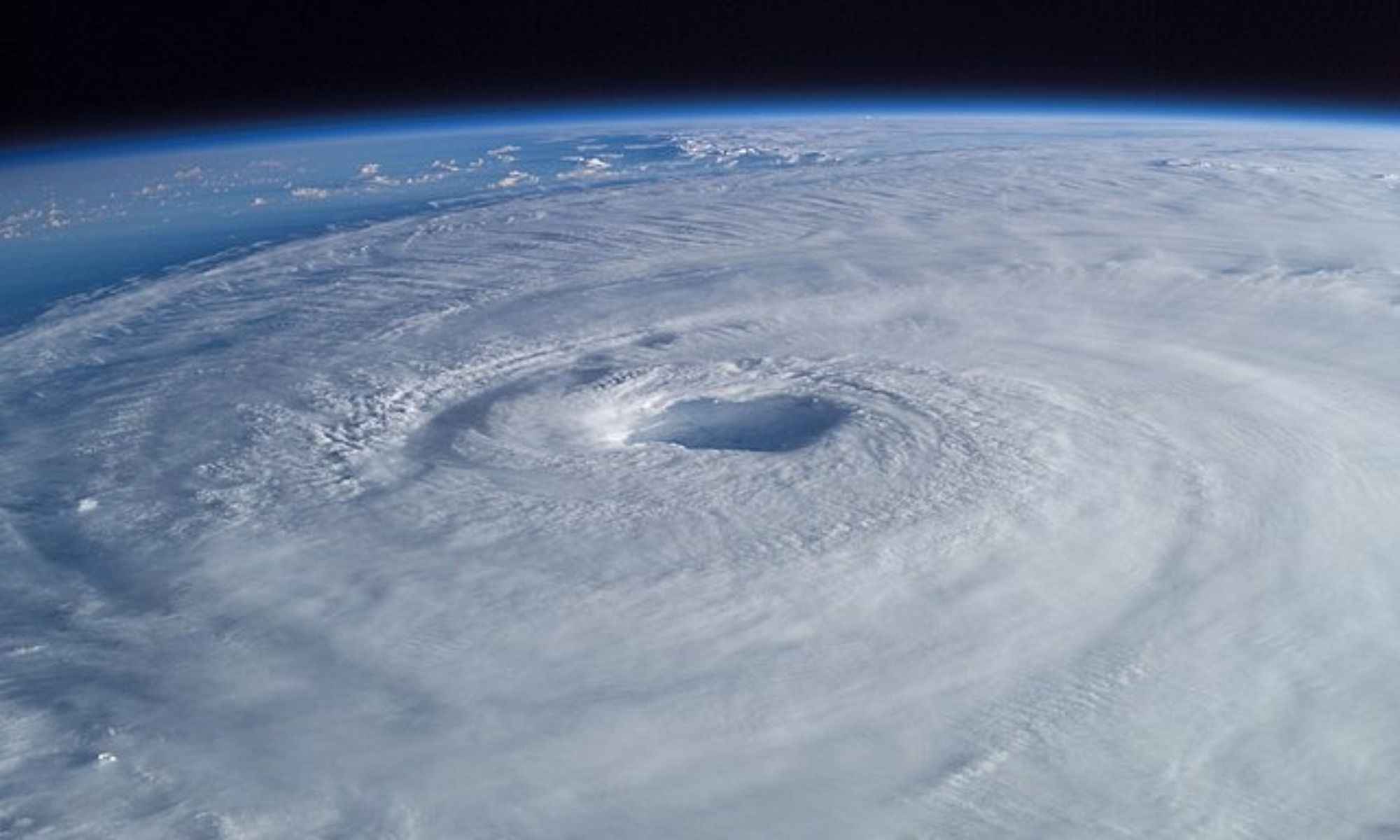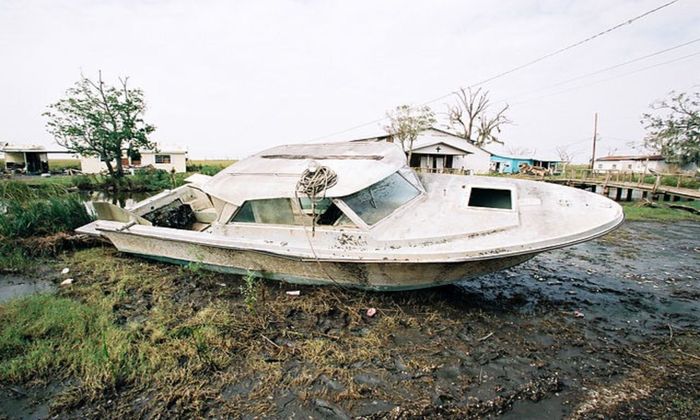The Impact of Tropical Storms on Fishing
Tropical storms are significant forces of natural destruction.

Tropical storms are significant forces of natural destruction. It can and does wreak havoc on coastal aquatic ecosystems-destroy coral reefs, mix up the estuaries, redistribute bottom residues, and increase corrosion via storm-water runoff.

Hurricanes, cyclones, and typhoons can also push fish to vacate nearshore estuaries and coastal sea environments towards deeper water. Hurricane Katrina in 2005, Hurricane Sandy in 2012, Hurricane Florence in 2018, Hurricane Ida in 2021, and Hurricane Ian in 2022 have brought havoc to fishing locations across the United States.
1. Changes in salinities
Tropical storms can create changes in water salinity. Freshwater flooding from rain or saline storm surges may entrap fish in an unsuitable salinity. If this incident happens rapidly and the fish have no way to get out, species that are intolerant to changes in salinity may die.

2. Wind effects
Wind movement may push surface waters in small lakes or ponds to one side. Sediments and organic debris from the bottom are carried up to the surface with the water from the bottom, taking up the space that surface water once occupied. The oxygen content of this bottom water is low by nature. Hydrogen sulfide, which can be deadly to fish in sufficient proportions and gives off unpleasant scents, may be present in the bottom materials. Additionally, bacteria from the sediments are raised to the surface, where they use oxygen to break down the organic stuff from the bottom. Considering that the bottom rises to the top, this event is known as a turnover.
3. Flooding causes strandings
Areas that typically don't have water may become flooded by rising water caused by a tropical cyclone. Fish can become stuck if they are separated from the main body of water after the water level drops. Fish trapped in little ponds that may eventually dry up will perish.
4. Sharp rise in barometric pressure
The cold front, a mass of heavier and denser high-pressure air, starts to pour in behind the low-pressure system as the bad weather passes. Typically, the outcome is windy weather with clear skies, lowering temperatures, and a rapid increase in barometric pressure. Compared to lesser storm systems, tropical storms will produce stronger, longer-lasting winds and a significantly steeper rise in barometric pressure. Anglers, especially those competing in high-stakes bass tournaments, fear this precise, windy weather after rainy low-pressure storms because it typically stops the fishing action. Barometric pressure changes significantly affect fishing tours or even crappie fishing trips.
5. Always consider the weather before fishing
It's always fun to go out and go fly fishing for red drum or even choose to go on fishing trips in Maryland or South Carolina. Fishing ahead of an upcoming tropical storm can produce incredible results. There are several tales of anglers profiting from the storm's feeding frenzy, while other anglers also encounter potentially fatal occurrences due to the storm and changing weather at the same time. Give yourself time to reflect, plan to evacuate the region if you are stuck, and carefully read the weather and fishing forecasts.
How and Why Tropical Storms Occur
Close to the equator, cyclones, hurricanes, and typhoons form over warm waters. Sun-heated air rises quickly, resulting in zones of external pressure. Massive thunderclouds form as the moist, warm air rises, carrying a lot of moisture. Chilly air flows in to fill the space that has been left, but due to the Earth's axis' continuous rotation, the air is twisted inward and spirals upward with considerable power. Up to 2,000 kilometers across is formed by the whirling winds as they circle in an ever-increasing circle. The satellite image of a hurricane with the eye at the center and a quiet, cloudless area at its center is known as the eye, with no rain and only moderate winds. The cyclone starts to move as it intensifies. Warm, humid air flows continuously through it to keep it alive. The towering clouds, which coalesce into a wall around 20–30 km from the storm's center, are where the storm's fiercest winds and heaviest rain may be found. Two million tonnes of air are pumped out of a fully grown cyclone every second, and winds surrounding the eye can reach speeds of up to 200 km/h. Warm air rising from the seas condenses into clouds, releasing enormous amounts of heat. This hot, humid environment frequently contains a group of thunderstorms from which a tropical storm can form. More extreme weather means more risk for anglers.
Final Thoughts
Fishing immediately after a tropical storm can be challenging, primarily due to the cloudy water conditions and the impact of the changes in the water conditions, as previously mentioned. Furthermore, exercising caution around any pollution that may have affected the rivers and streams that flow into the ocean is critical. Check your area's news sources for information on spills that may have occurred upstream from your coastal fishing area or weather changes in the coming hours. The dangers of fishing are no secret, but a tropical storm or the effects of climate change could make the job even riskier. It’s also best to book a trip with fishing charters like Nauti Hookers Guide Service, Aunt Bee Sportfishing, Best Coast Fishing Charters, and Reel Adventures for a well-guided trip.




